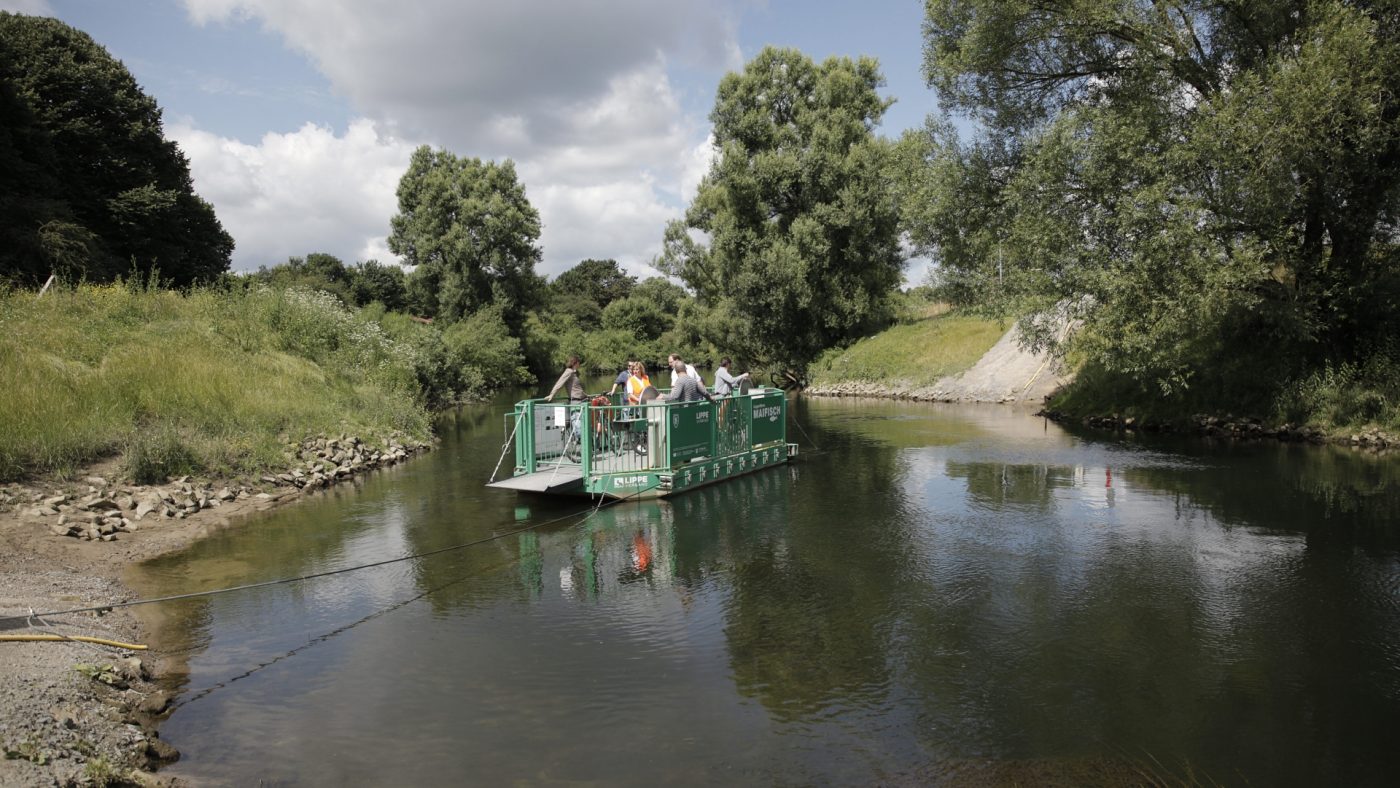-
Homepage -
-
En


The Lippeverband
River basin management from the beginning
Bringing nature back to the Lippe and its catchment area on the basis of stable, functional water management – this is the main task of the Lippeverband as river manager for the lower and middle course of the Lippe and its subsidiary waterways. Important subtasks here include flood protection, management of water drainage, balancing out water levels, and wastewater treatment. We on the Lippe have already implemented river basin management, as prescribed by the Water Framework Directive of the European Union from the year 2000.
Cooperation with The Emschergenossenschaft
The Lippeverband was founded on 18 January 1926, as a water management association for the middle and lower sections of the Lippe river. We cooperated closely with the Emschergenossenschaft from the start, as the oldest German water association. The two associations work together under the aegis of a harmonised organisational structure. As an autonomous public sector entity, the Lippeverband is supported and financed by its members: City administrations, businesses and mining companies. The members participate in opinion-forming and decisions through the annual meetings and association councils.
Sustainable requirements
In the River Emscher and River Lippe region, human activities compete with the needs of the natural environment for water resources. It is our task to ensure that these diverse requirements are brought into a sustainable state of equilibrium. Residential and commercial requirements must be taken into account, while at the same time undertaking the renaturation of a flourishing river environment rich in biodiversity – no easy task in a region which would often face flooding were it not for our intervention. In Europe‘s largest urban area, between Dortmund and Duisburg as well as in the northern perimeter of the Lippe region, we offer modern, cost-effective water management covering several diverse areas of responsibility:
• Sewage treatment
• Care and maintenance of waterways
• Natural remodelling of open waste water canals
• Flood protection
• Regulation of water flow
• Management of groundwater and rainwater
The River Lippe
The River Lippe is a right-bank tributary of the Rhine. Its source is located in Bad Lippspringe and it flows into the Rhine some 220 km away in Wesel. Along this course, the river undergoes an elevation differential of just 125 metres, thus displaying the typical characteristics of a lowland river. The Lippe drains large parts of the Münsterland region into the Westphalian Basin, and its lower reaches drain the Lower Rhine Plain. At its upper reaches, the Lippe mainly flows through a sparsely-populated agricultural region.
Downstream from the town of Hamm however, the population density increases significantly and the surrounding landscape is accordingly more characterized by urbanism and industrial activity. In terms of usage as waste water canals, the River Seseke and a few other tributaries of the Lippe could certainly be compared to the Emscher in this regard. Here too, mining operations near the rivers create significant challenges for water management. Therefore, a primary consideration is the flood protection system, which must be maintained through a network of dikes and pumping stations. Of the River Lippe‘s total catchment area of 4882 square kilometers, we are responsible for the 147 kilometer-long middle and lower segment of the river, encompassing an area of 3280 square kilometres.


